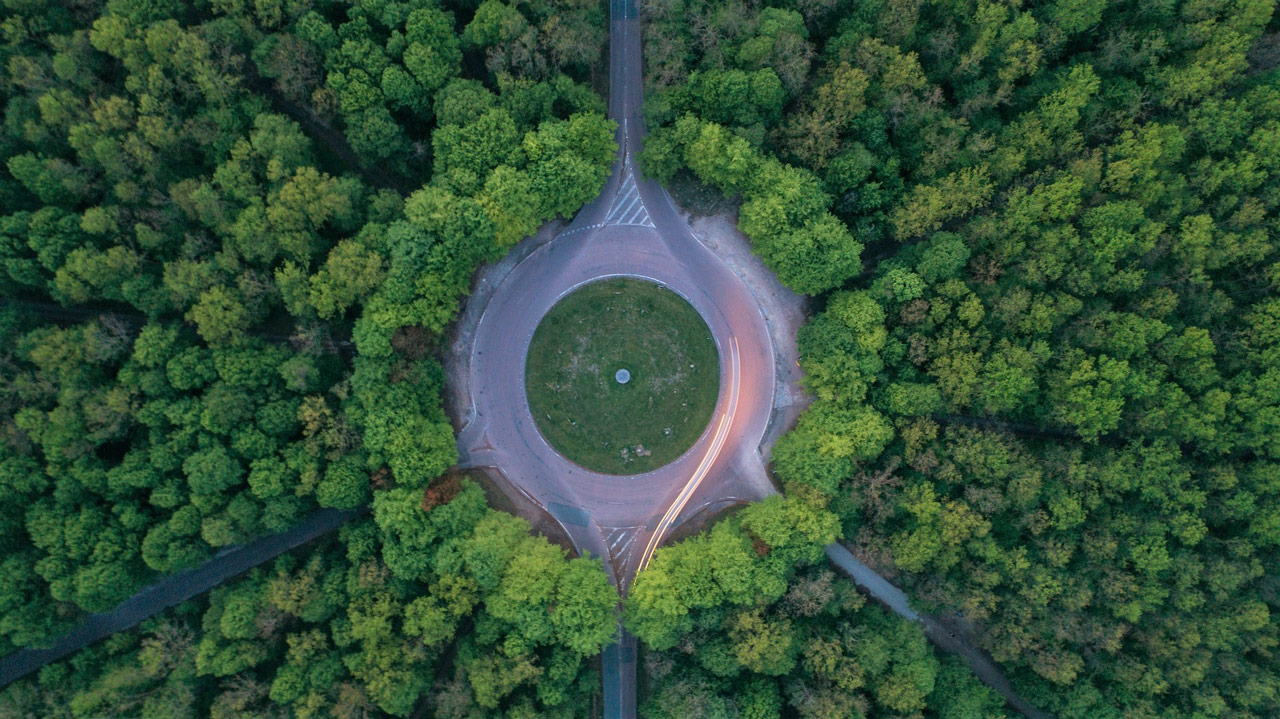
Previous Article
When Tech Meets Nature: Leveraging Technology to Accelerate Nature-based Solutions
2011 to 2020 was the warmest decade on record. With global warming, temperatures are expected to continue increasing in the years to come—along with the use of energy guzzling air-conditioning. How can we cool our living environments more effectively, especially in existing brownfield developments?
As temperatures rise, so does the use of air-conditioners. Today, there are over one billion air-conditioning units in the world – a number that is expected to increase to 4.5 billion units by 2050.
These electrical appliances consume large amounts of energy—which contributes to carbon emissions—to bring temperatures down. Cooling systems typically make up about 40 to 50 per cent of a building’s total energy consumption. In Singapore, electricity consumption in buildings and households contribute to approximately 20 per cent of the country's overall annual carbon emissions.
Air-conditioners can also leak potent greenhouse gases that exacerbate climate change – leading to even higher temperatures. Air-conditioners commonly use hydrofluorocarbons (HFCs) as refrigerants, which are 116 to 12,400 times more efficient at trapping heat than carbon dioxide.
District cooling is a modern and efficient way to provide air-conditioning for a network of buildings, where chilled water is supplied from centralised cooling plants through an underground network of insulated pipes. The benefits of district cooling include enhanced energy savings, lowered lifecycle costs, and reduced carbon emissions.
However, district cooling systems are usually used in greenfield developments, where it is integrated into the design of the development from the start.
In highly developed cities like Singapore, majority of land has been built up and individual building owners are already equipped with their own chiller plants.
Can the concept of district cooling still be applied in such brownfield settings?
To find out, Temasek and SP Group did a feasibility study involving 14 buildings in Tampines Central, Singapore, using a novel Distributed District Cooling (DDC) concept.
The results are promising:
With the announcement of the Singapore Green Plan 2030 to address climate change and promote sustainable living, there is a strong impetus to explore the implementation of more district-level solutions, like the DDC network, to achieve a cleaner and greener future for all.
To scale such solutions in Singapore, it will be vital for all relevant stakeholders to come together to remove any regulatory impediments, build with the future in mind, and design incentives to encourage maximum participation from all stakeholders.